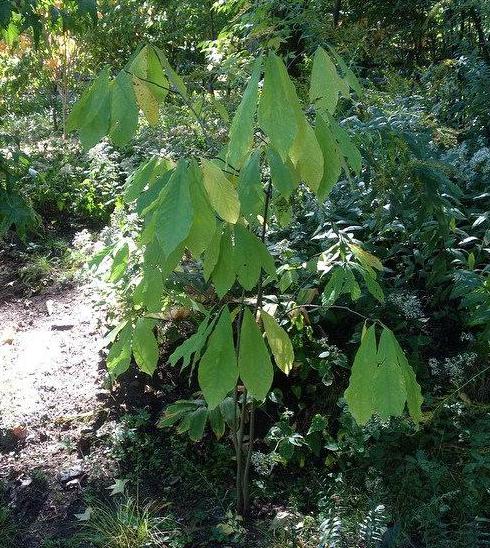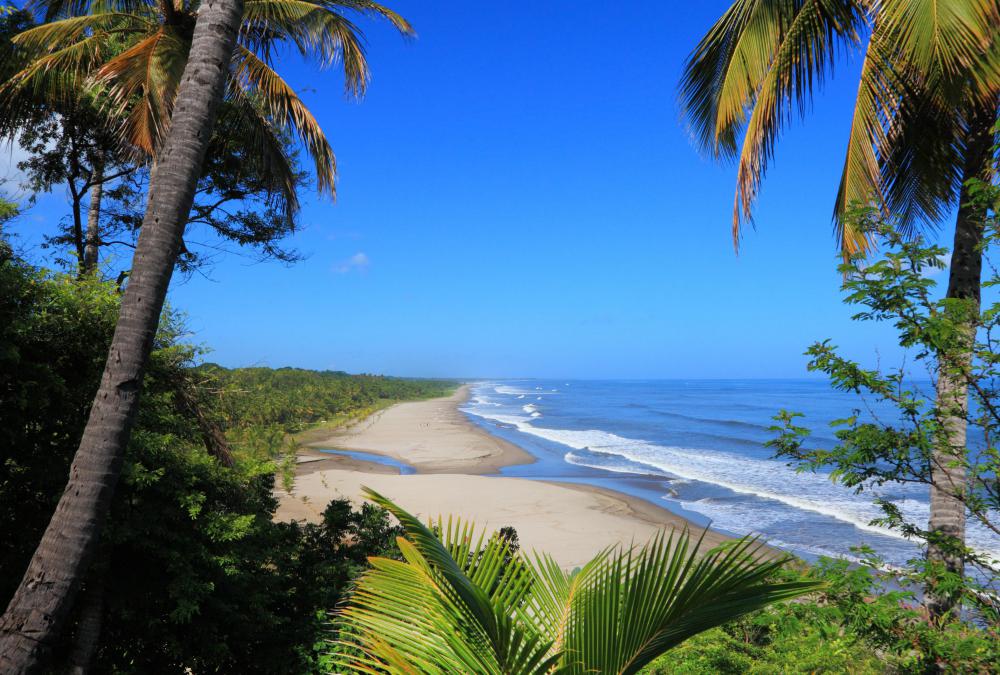At DelightedCooking, we're committed to delivering accurate, trustworthy information. Our expert-authored content is rigorously fact-checked and sourced from credible authorities. Discover how we uphold the highest standards in providing you with reliable knowledge.
What Is the Difference between Pawpaw and Papaya?
Pawpaw and papaya are terms that are often used interchangeably and, in many cases, assumed to be references to the same type of fruit — a yellow, melon-like fruit that grows in many tropical climates. Despite the confusion, pawpaw and papaya are two separate species of plants, with the dominant papaya species called Carica papaya being grown in the West Indies, South America, and Hawaii, as well as India and other countries. There are roughly 45 well-cultivated species of papaya and these are sometimes also referred to loosely as paw paw. True pawpaw, however, is a member of the Asimina genus of eight species that are native to the North American countries of the US and Canada, and are much less widely cultivated and eaten there.
One of the major differences between pawpaw and papaya is in the size of the native plants from which the fruits are harvested. While papaya trees are true trees that can grow to a height of 33 feet (10 meters), pawpaw are considered shrubs or small trees that often only reach a height of 7 feet (about 2 meters). The pawpaw and papaya trees also find dominance in different climates, with papaya preferring warm, wet tropical environments and the pawpaw being able to tolerate and grow well on temperate, hilly terrain.

Another key difference between pawpaw and papaya is in the fruit itself. Papaya is a sweet tropical fruit that has an avocado-like shape and can be up to 18 inches long (45 centimeters) when fully matured. The pawpaw fruit, however, is actually considered an oblong-shaped berry that only grows to a length of 6 inches (16 centimeters) and has a more mellow taste like that of bananas.

While the pawpaw and papaya species were discovered around the same time period by early colonial settlers to the Americas, they have taken decidedly different paths since then. The papaya is believed to have originated in the island nations of the West Indies and northern tropical regions of South America, from which the Spanish took samples of it in the early 1500s back to Europe and from there it spread widely around the world. A popular strain of papaya named the “Solo” was also introduced to the islands of Hawaii, Barbados, and Jamaica in 1911 that has a pink interior instead of a yellow one.

Pawpaw fruit does not store or ship well like most tropical fruits do, so it has not gained widespread dominance in North America. It has some popularity among Cajun cooking in the US Gulf of Mexico border states such as Louisiana. It has also been cultivated east of the Mississippi river since being discovered in 1541 by Hernando de Soto, a famous 16th century Spanish explorer and Conquistador who was the first European to cross the Mississippi river while exploring the interior of the continent. Pawpaw in the US and Canada is often sold in outdoor farmer's markets, which have often collected the berries from bushes that grow wild in the forest. Some US states have made efforts to cultivate small stands of the bush or tree, however, and it has also been grown in nations such as Romania, Israel, and Japan.
AS FEATURED ON:
AS FEATURED ON:















Discussion Comments
How can I get papaya? I like it so much.
Across Africa "papaya' is always called "pawpaw" . Just because America has a different fruit called "pawpaw" doesn't mean that the word can't be used with equal authority for Papaya as it has been for centuries. It's simply another pronounciation of Papaya. The American fruit probably got it's name from the patois for papaya.
@SarahGen-- It's not your fault because I see even reputable sites and sources use pawpaw as the alternate name to papaya. This is definitely due to pawpaw fruit not being known as well as papaya.
Pawpaw is related to the Anonna family of fruits, like sugar-apple. This family of fruits is known for having lighter colored flesh that's sweet and creamy. Papaya is from a totally different and unrelated family.
@SarahGen-- You're not the only person who confuses the two. Many people use papaya and pawpaw interchangeably. And if you don't eat both fruits on a regular basis, you probably can't tell them apart by their appearance.
Moreover, there are different types of papaya and pawpaw in the world. For example, Australia grows both fruits, but they're different from American versions. Australian pawpaw is called papaw.
The main difference I see between American papaya and pawpaw is that papaya tends to be sweeter and it has darker colored flesh. Papaya is orange but pawpaw is more like yellow.
Until I read this article, I genuinely thought that pawpaw and papaya were the same thing. In fact, I thought that "pawpaw" is local lingo for papaya!
Post your comments